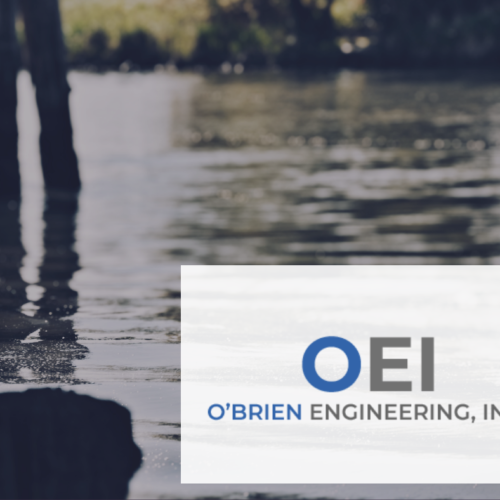
Unintended Consequences of the Clean Water Act of 1972
The Clean Water Act is a federal law governing water pollution. It recognizes the responsibility of states to address pollution and provides resources to assist improvement in programs such as improved wastewater treatment.
Cleaning up our nation’s water is a good thing. Even with significant environmental improvement, do you have any idea why this good thing is causing the New York City shoreline to collapse?
We first learned of this issue when we listened to Stephen Dubner’s podcast, Tell Me Something I Don’t Know in February 2017. In summary, the water is now cleaner than ever resulting in many environmental benefits, however, some of the now thriving marine life are eating away at wooden structures such as bridges and piers along shorelines. This problem is not going to go away, creating new challenges in environmental engineering.
Unintended Negative Consequences
A Gothamist article discusses some of the unintentional effects of cleaning up the water of New York Harbor. Better environmental conditions allowed for the return of two different invasive species that began to destroy the wood that reinforced piers in Brooklyn Bridge Park. The article reports, “The resurgence went mostly unnoticed until December of 1995, when a 70-foot section of wharf on the East River near 14th Street collapsed, it’s supports apparently chewing into submission.”
Possible Solutions
Several solutions were considered to stop, fix, and prevent future damage. All the solutions are extremely expensive. Officials from many organizations and government entities must collaborate to decide on the best solution.
Possible solutions were covering the wooden supports with plastic or concrete. The plastic solution only created an environment for other forms of bacteria and fungus to thrive, resulting in wood decay and damage. The concrete option would be very time consuming and extremely costly. The most viable option is to coat the piles in epoxy. It is more of an initial investment but will provide more savings over time in terms of maintenance.
The Gothamist article quotes David Lowin, vice president for real estate for the Brooklyn Bridge Park Corporation, “We believe the preventative maintenance of coating them in epoxy before they get damaged in the first place is the right way to go for a lot of reasons,” Lowin said. “It’s more environmentally efficient, and it allows us to do those repairs without shutting down sections of the park.”
Jim Obrien Dam Innovation
The environmental engineering team at OEI takes pride in its knowledge of best materials and practices. A successful record of completed projects demonstrates Jim Obrien dam innovation techniques. Part of our environmental engineering process is to analyze potential impact on every project addressing both the intended solution and the surrounding area. The analysis then allows us to provide clients with the necessary information required to make decisions that fit into their specific time and budget goals.
Jim Obrien dam innovation includes a multidisciplinary team that seamlessly navigates the process from analysis and design to a completed environmentally conscious solution. Contact us today to begin the process of effectively rehabilitating your water resource infrastructure.
